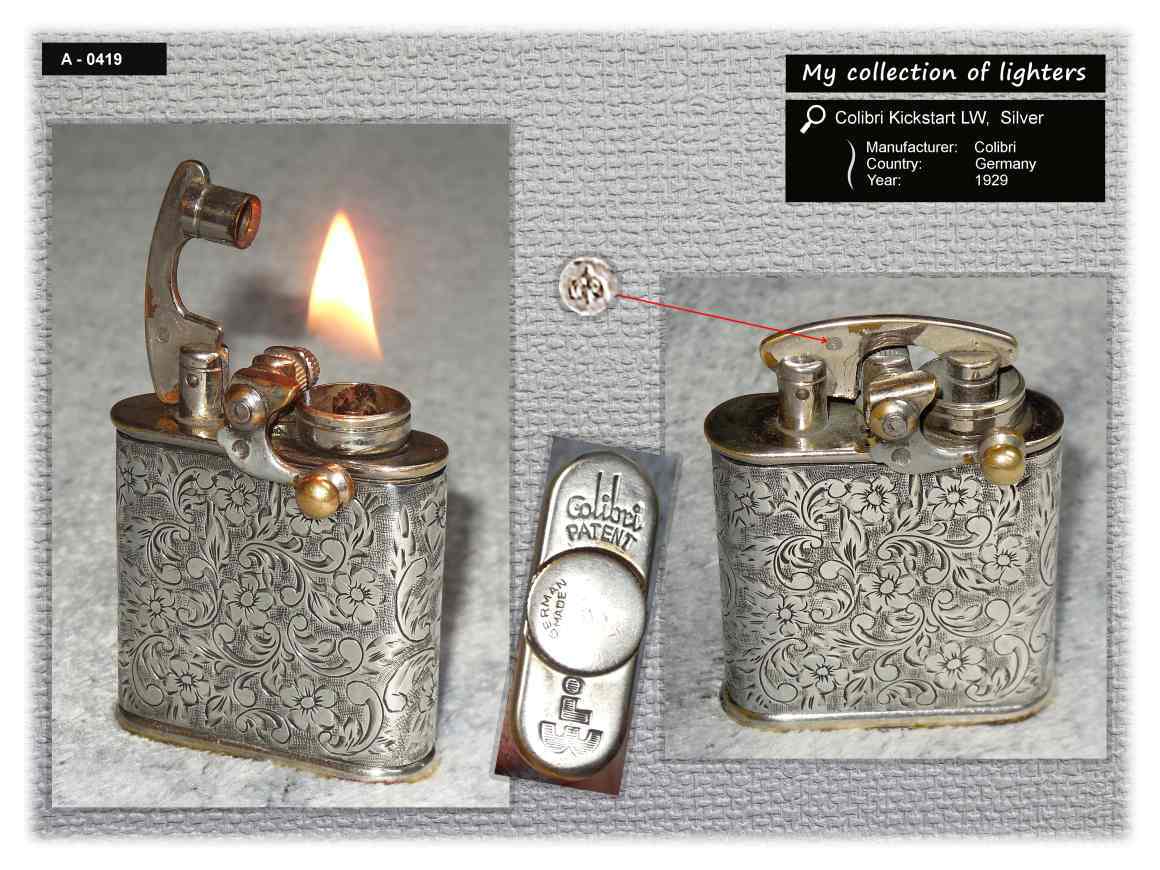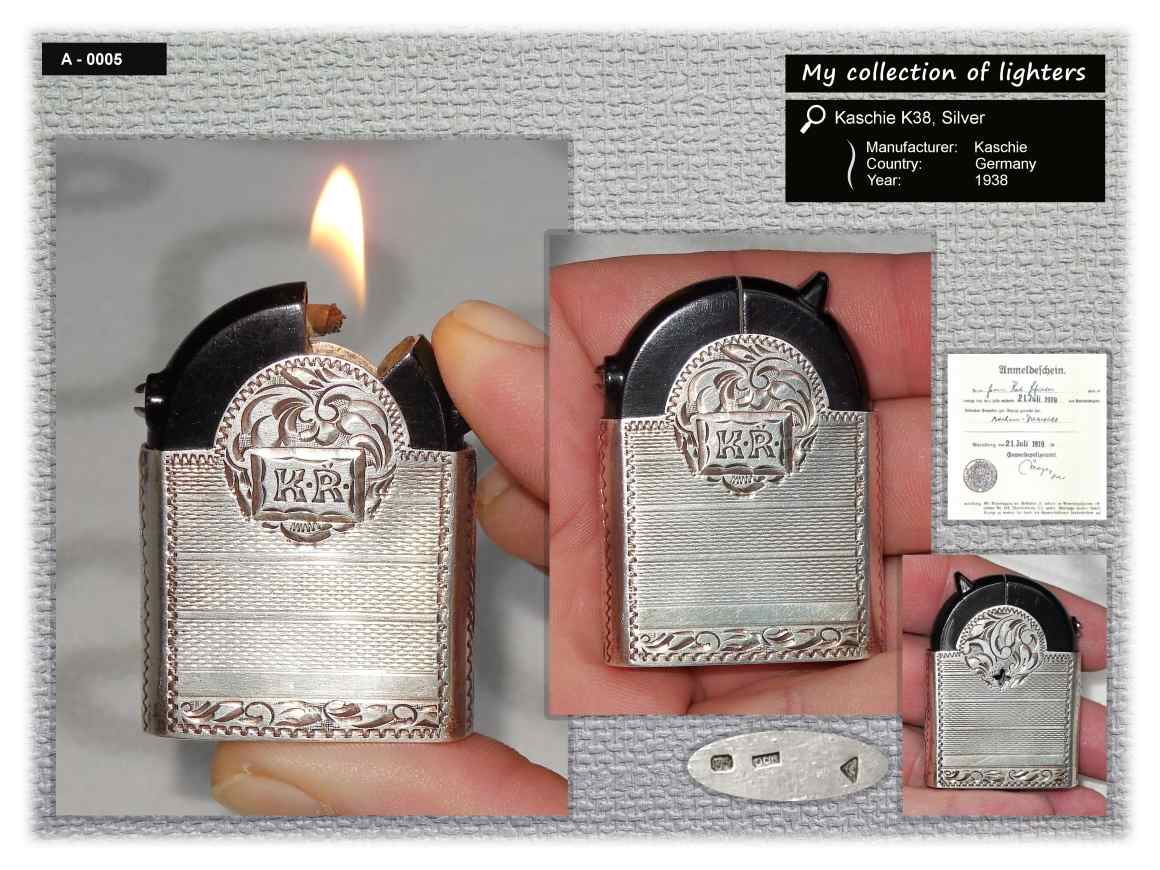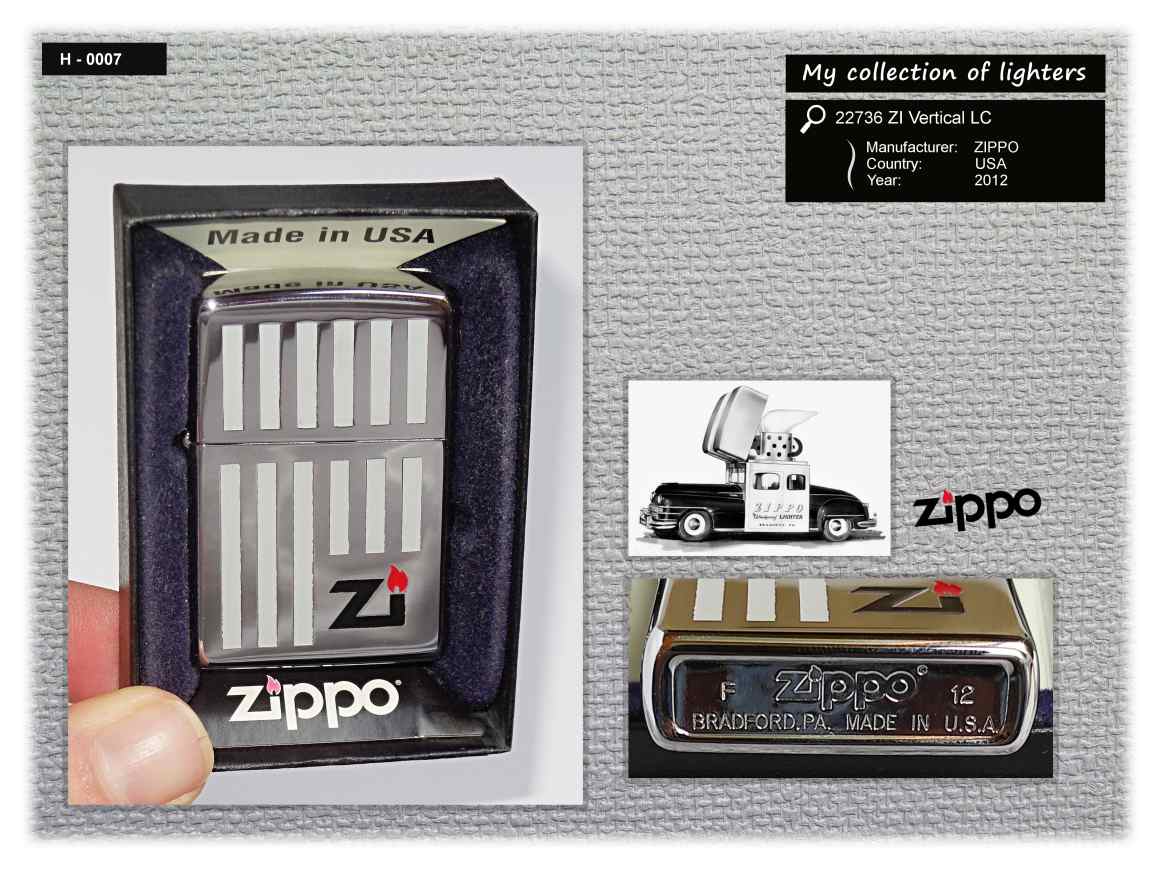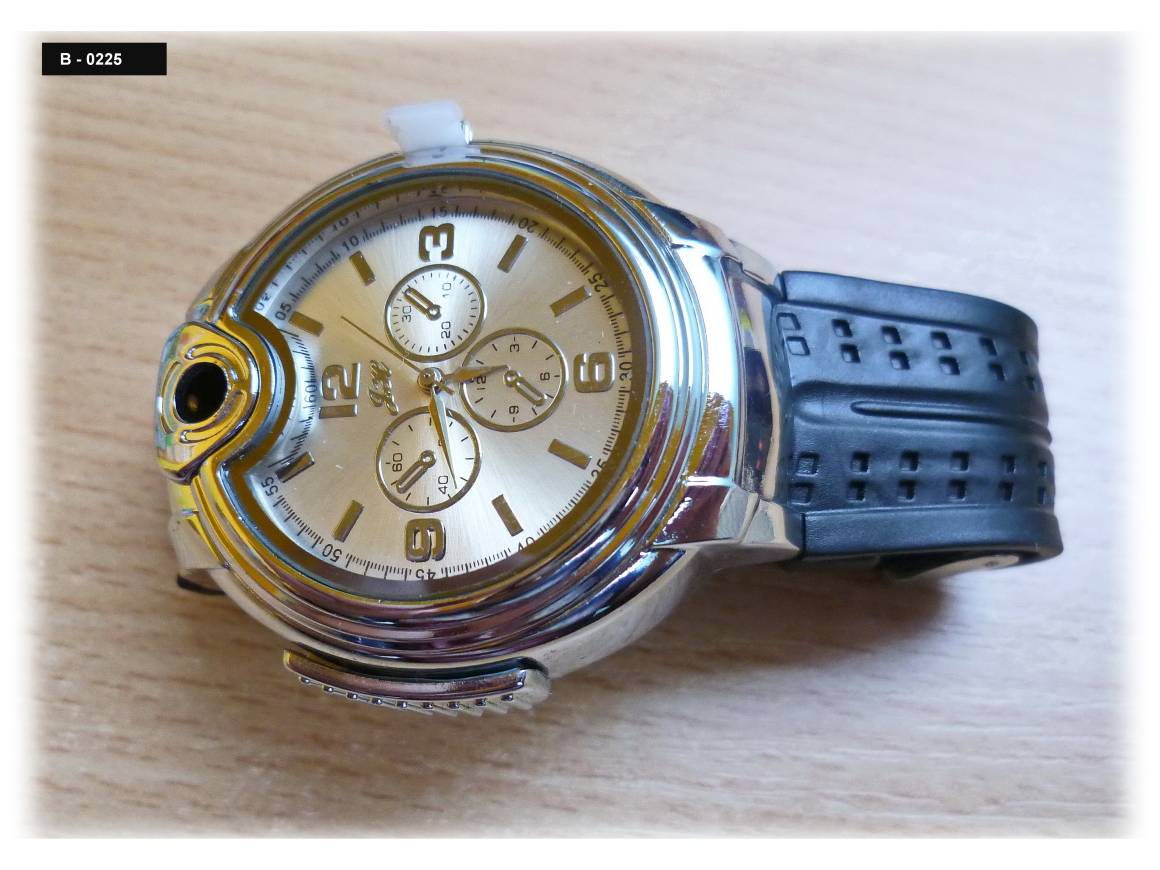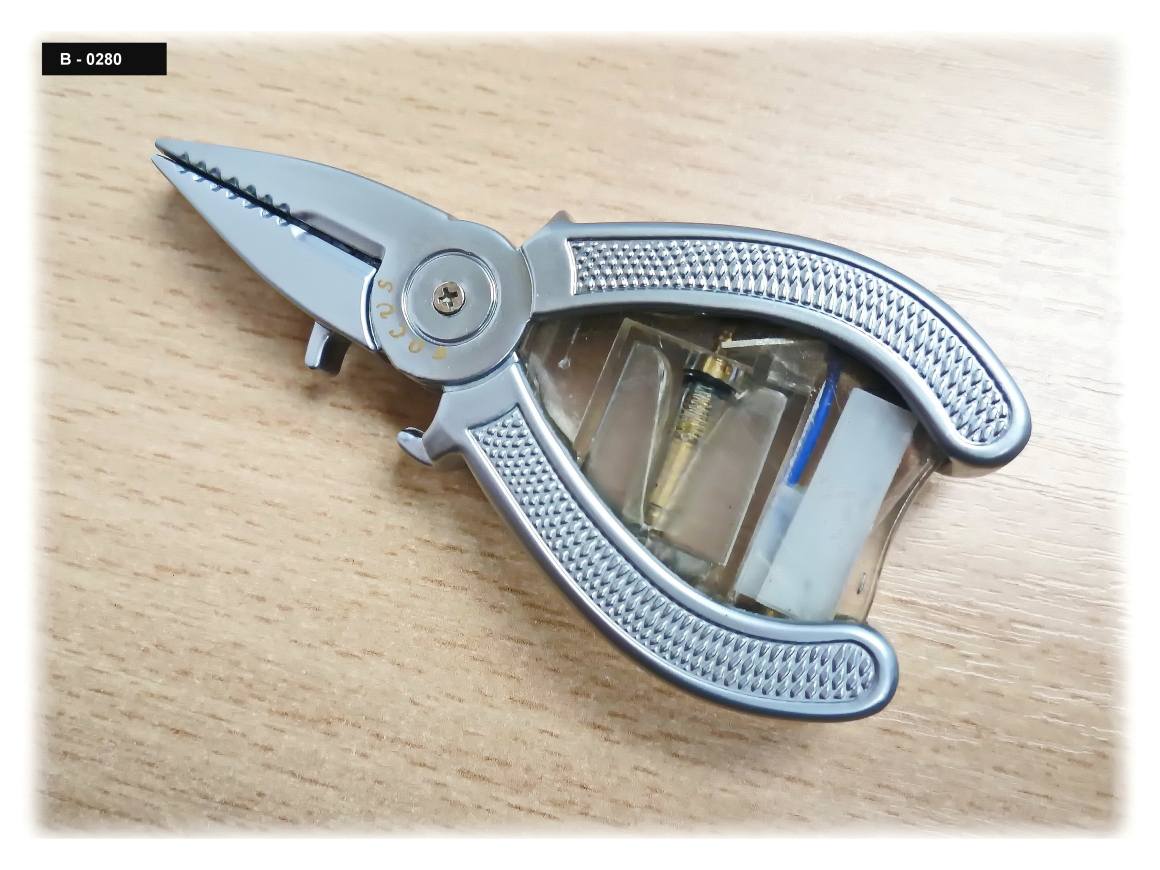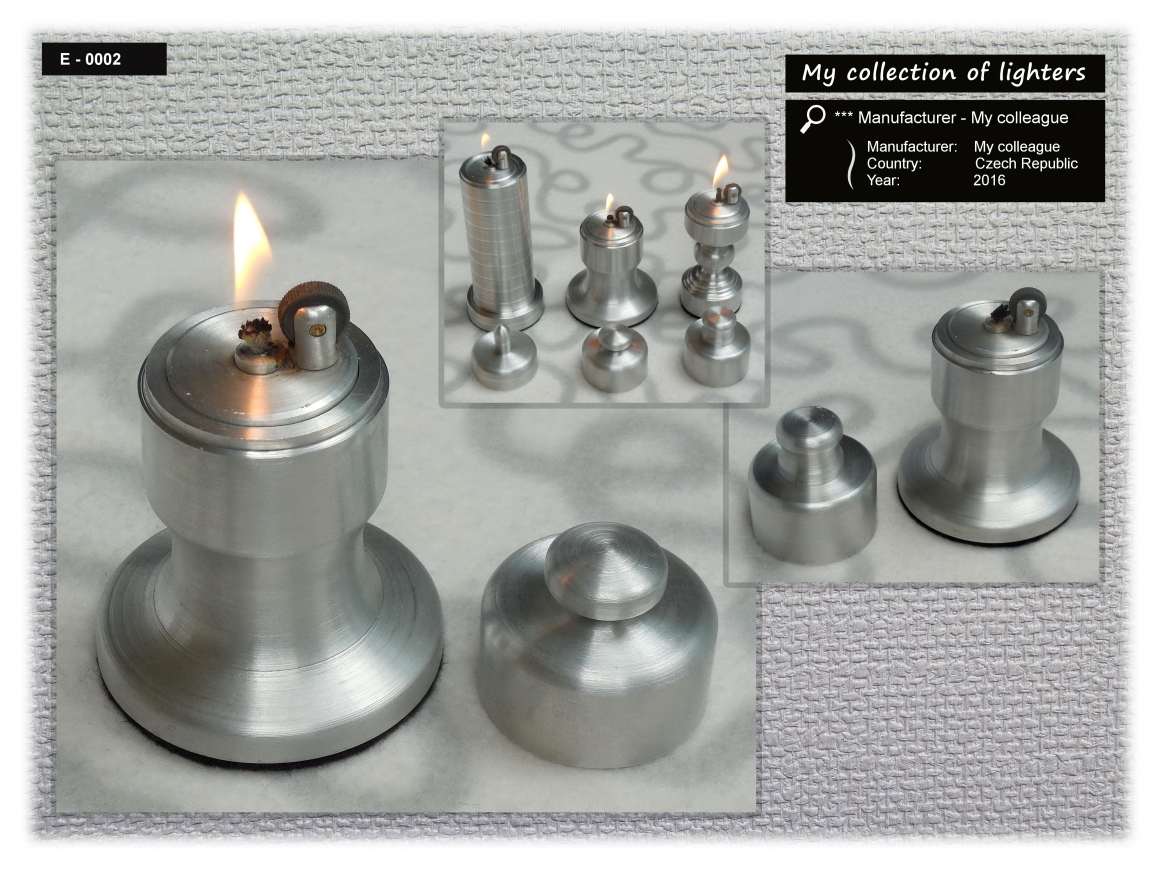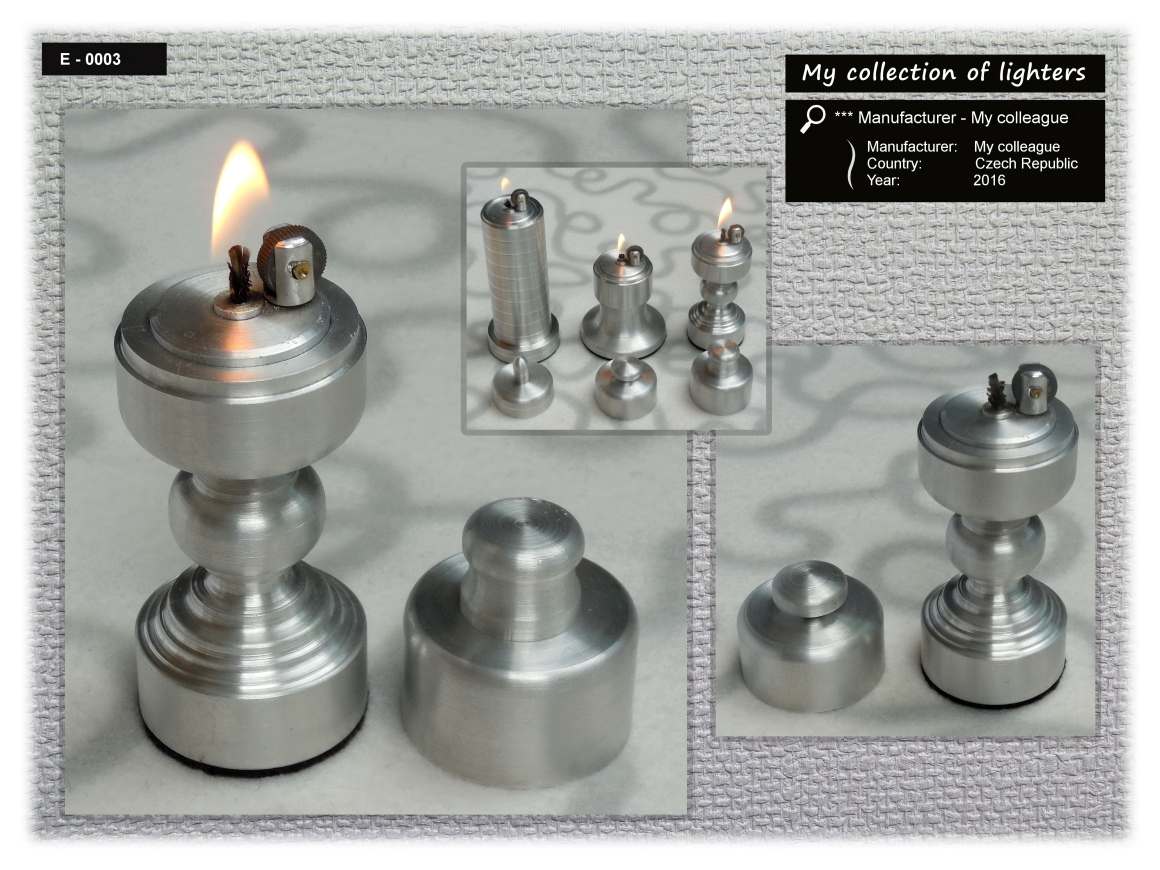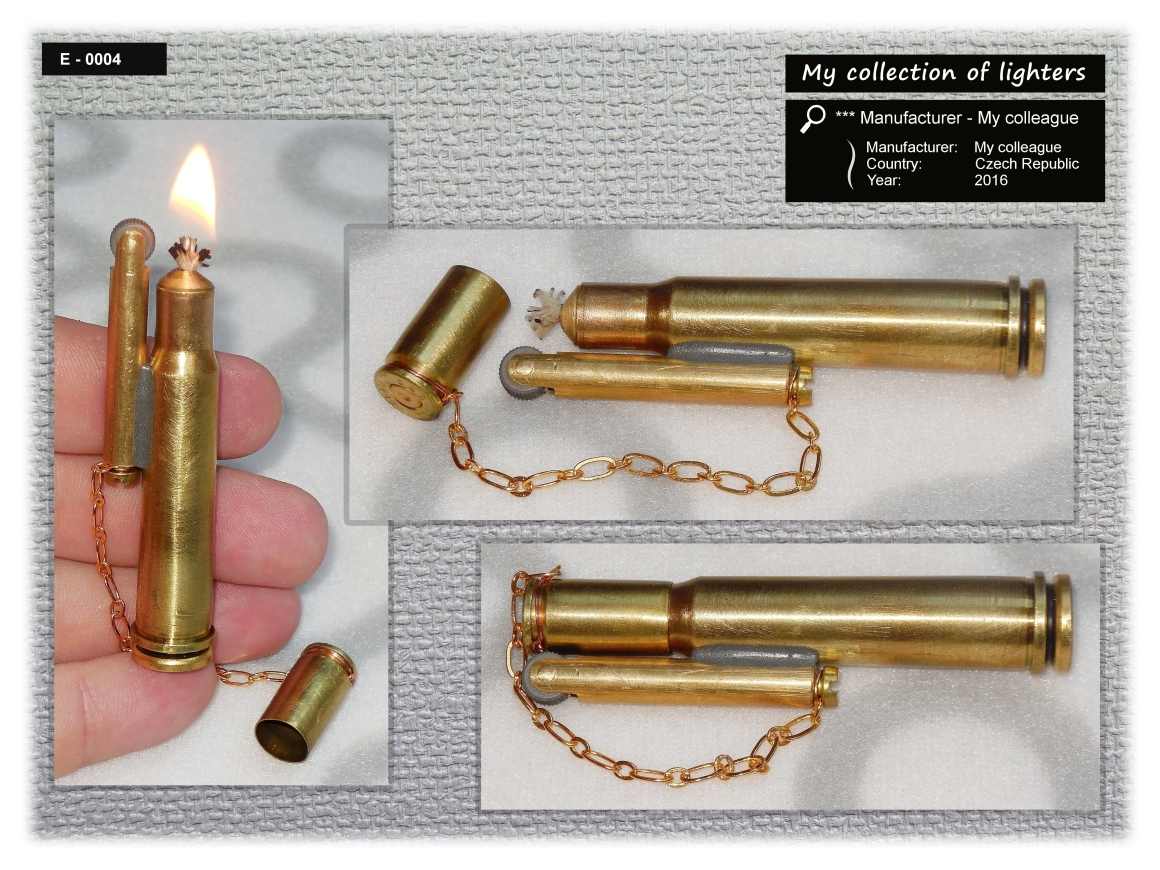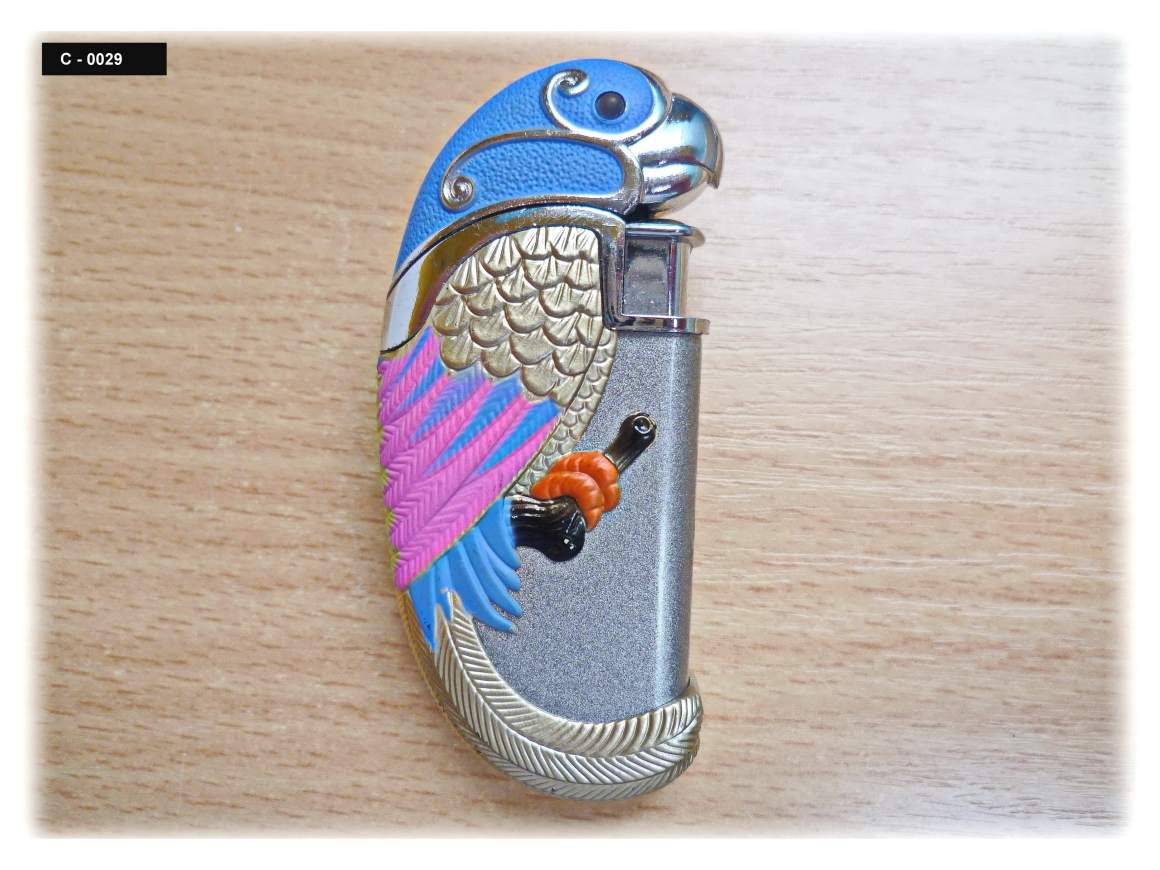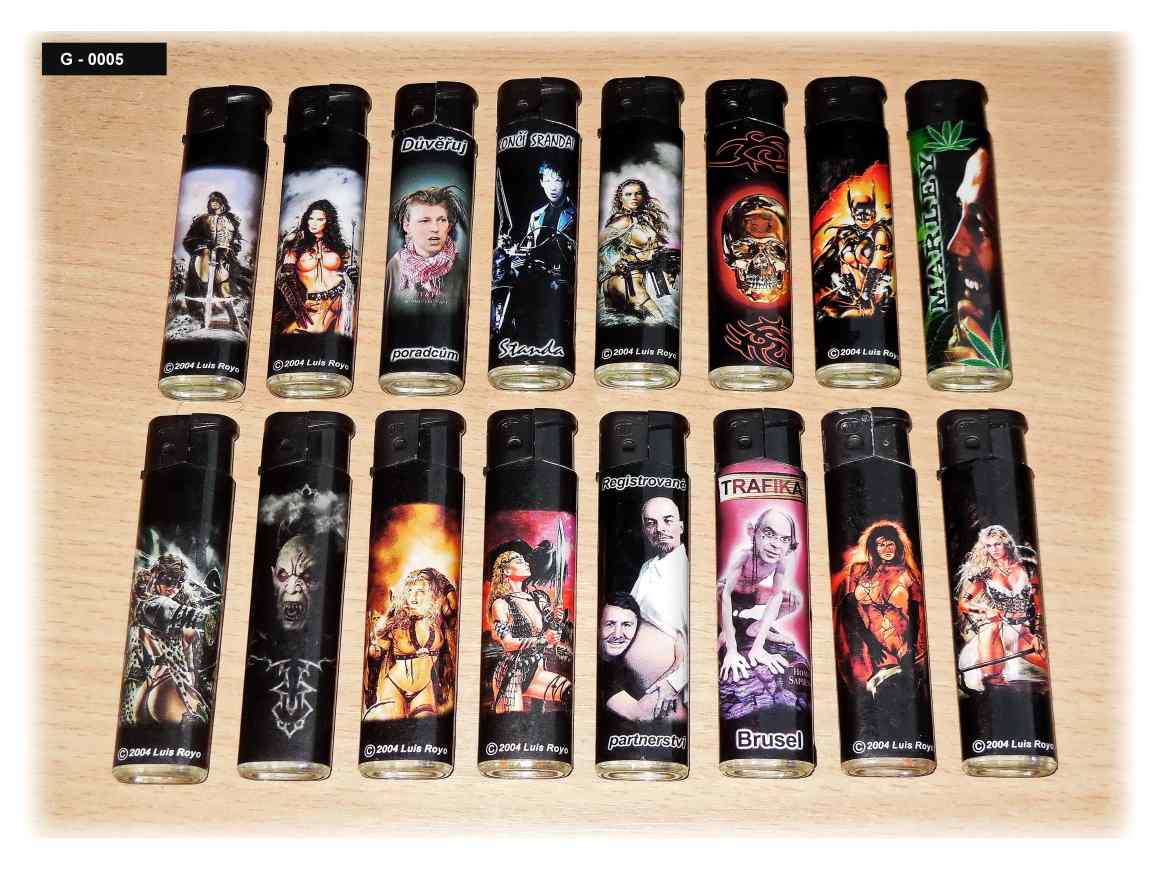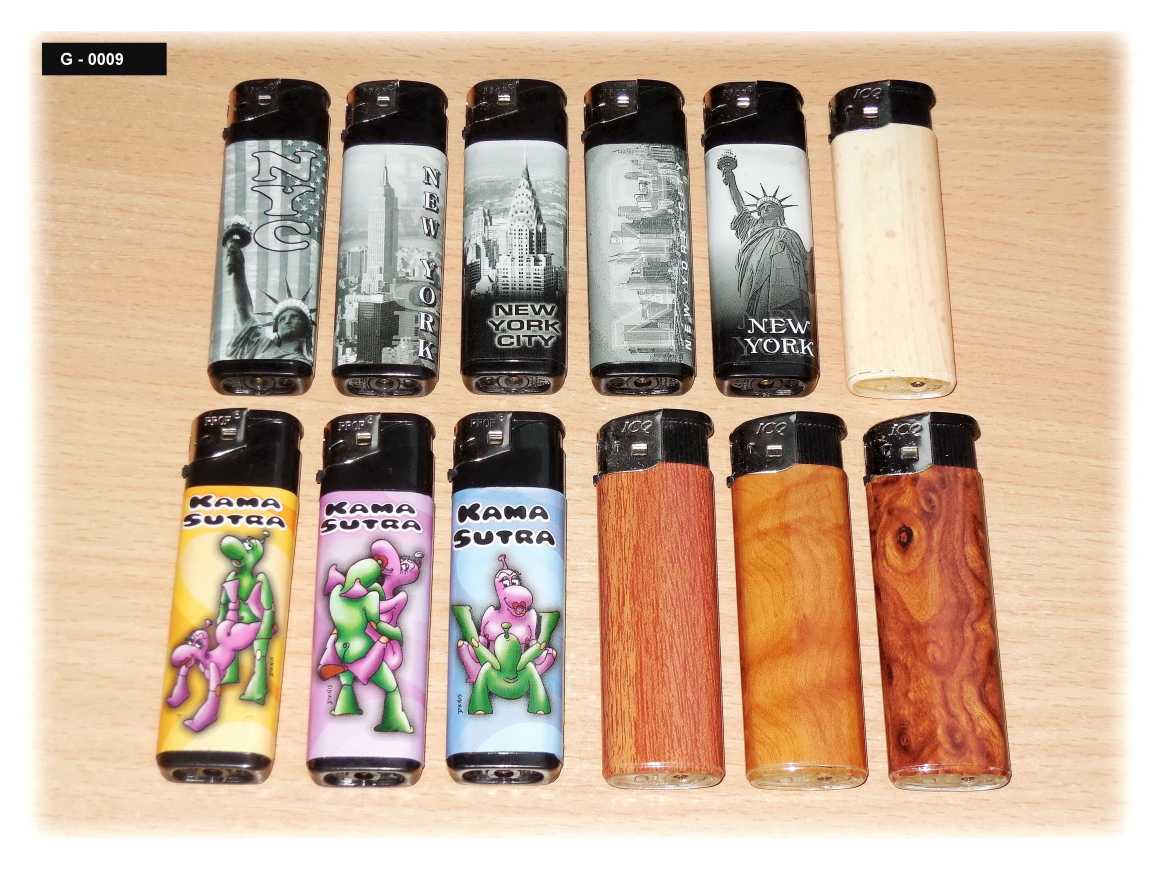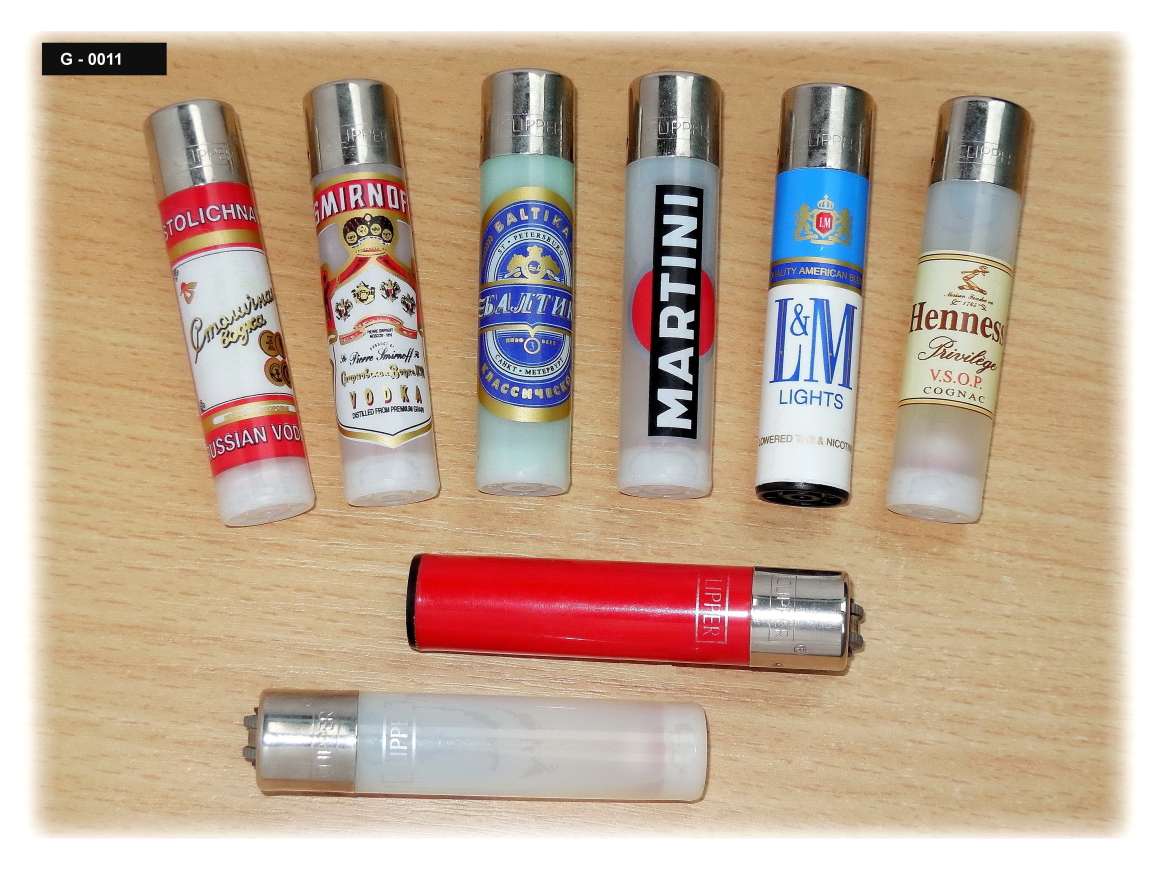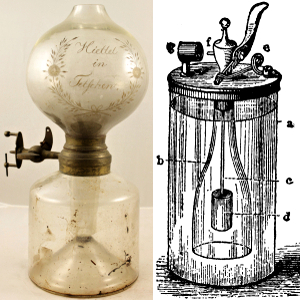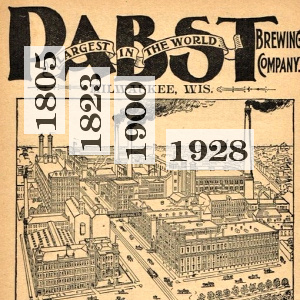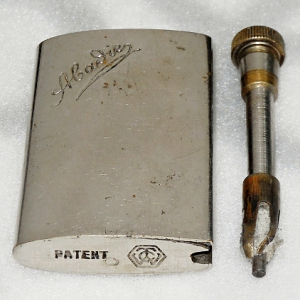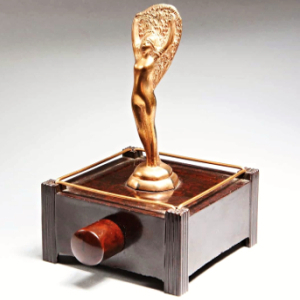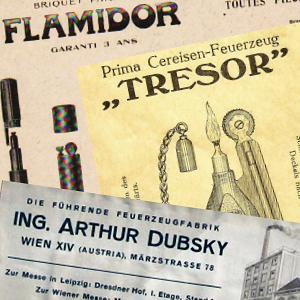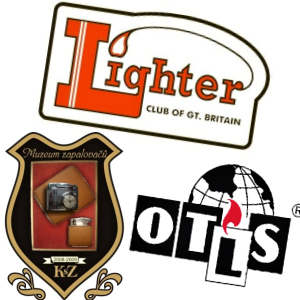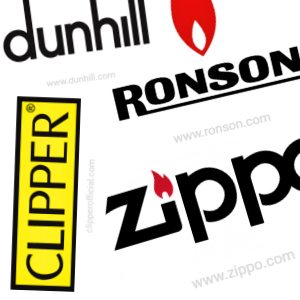- Materials:
FLINT & PETROL
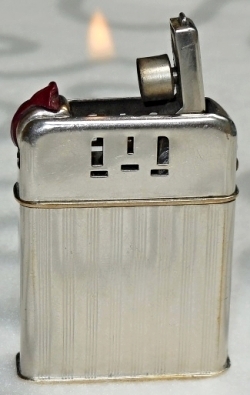
A metal (from Greek μέταλλον métallon, “mine, quarry, metal”) is a material that, when freshly prepared, polished, or fractured, shows a lustrous appearance, and conducts electricity and heat relatively well. Metals are typically malleable (they can be hammered into thin sheets) or ductile (can be drawn into wires). A metal may be a chemical element such as iron; an alloy such as stainless steel; or a molecular compound such as polymeric sulfur nitride.
Metals can be categorised according to their physical or chemical properties.
Other categories are possible, depending on the criteria for inclusion. For example, the ferromagnetic metals—those metals that are magnetic at room temperature—are iron, cobalt, and nickel.
BAKELITE
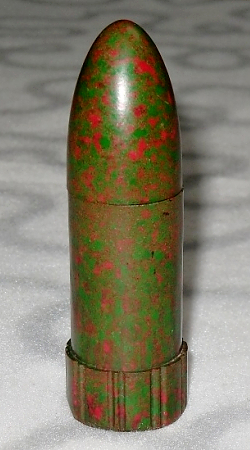
Polyoxybenzylmethylenglycolanhydride, better known as Bakelite (/ˈbeɪkəlaɪt/ BAY-kə-lyte; sometimes spelled Baekelite), was the first plastic made from synthetic components. It is a thermosetting phenol formaldehyde resin, formed from a condensation reaction of phenol with formaldehyde. It was developed by the Belgian-American chemist Leo Baekeland in Yonkers, New York, in 1907.
Bakelite was patented on December 7, 1909. In recent years the “retro” appeal of old Bakelite products has made them collectible.
Bakelite was designated a National Historic Chemical Landmark on November 9, 1993, by the American Chemical Society in recognition of its significance as the world’s first synthetic plastic.[4]
SILVER
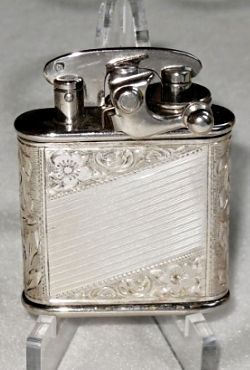
Silver is a chemical element with the symbol Ag (from the Latin argentum, derived from the Proto-Indo-European h₂erǵ: “shiny” or “white”) and atomic number 47. A soft, white, lustrous transition metal, it exhibits the highest electrical conductivity, thermal conductivity, and reflectivity of any metal.[4]
Silver, as indicated above, is usually 92.5%, 83.5%, or 80% pure silver — marked “925,” “835,” or “800” respectively.
Silver was one of the seven metals of antiquity that were known to prehistoric humans and whose discovery is thus lost to history.[54] In particular, the three metals of group 11, copper, silver, and gold, occur in the elemental form in nature and were probably used as the first primitive forms of money as opposed to simple bartering.[55]
ALUMINIUM

Aluminium (aluminum in American and Canadian English) is a chemical element with the symbol Al and atomic number 13
The discovery of aluminium was announced in 1825 by Danish physicist Hans Christian Ørsted. The first industrial production of aluminium was initiated by French chemist Henri Étienne Sainte-Claire Deville in 1856. Aluminium became much more available to the public with the Hall–Héroult process developed independently by French engineer Paul Héroult and American engineer Charles Martin Hall in 1886, and the mass production of aluminium led to its extensive use in industry and everyday life. In World Wars I and II, aluminium was a crucial strategic resource for aviation. In 1954, aluminium became the most produced non-ferrous metal, surpassing copper.
ALPACCA
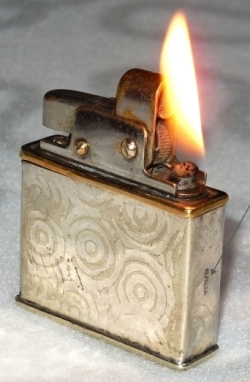
Nickel silver, Maillechort, German silver,[1] Argentan,[1] new silver,[1] nickel brass,[2] albata,[3] alpacca,[4] is a copper alloy with nickel and often zinc. The usual formulation is 60% copper, 20% nickel and 20% zinc.[5] Nickel silver is named due to its silvery appearance, but it contains no elemental silver unless plated. The name “German silver” refers to its development by 19th-century German metalworkers from the Chinese alloy known as paktong or baitong (白銅) (“white copper” or cupronickel).[6][7]
Nickel silver was first known and used in China.[9] During the Qing dynasty, it was “smuggled into various parts of the East Indies“, despite a government ban on the export of nickel silver.[10] It became known in the West from imported wares called baitong (Mandarin) or paktong (Cantonese) (白 銅, literally “white copper”), for which the silvery metal colour was used to imitate sterling silver. According to Berthold Laufer, it was identical to khar sini, one of the seven metals recognized by Jābir ibn Hayyān.[11] In Europe, consequently, it was at first called paktong, which is about the way baitong is pronounced in the Cantonese dialect.[12]
MONEL
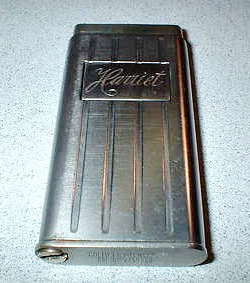
Monel is a group of nickel alloys, primarily composed of nickel (from 52% to 67%) and copper, with small amounts of iron, manganese, carbon, and silicon. (Alloys with copper contents 60% or more are called cupronickel.)
Stronger than pure nickel, Monel alloys are resistant to corrosion by many agents, including rapidly flowing seawater. They can be fabricated readily by hot- and cold-working, machining, and welding.[2]
Monel was created in 1905 by Robert Crooks Stanley, who at the time worked the International Nickel Company (Inco).[3] Monel alloy 400 is a binary alloy of the same proportions of nickel and copper as is found naturally in the meteoritic nickel ore from the Sudbury (Ontario) mines and is therefore considered a puritan alloy.[i][4][5]
In the 1960s, Monel metal found bulk uses in aircraft construction, especially in making the frames and skins.
GOLD

Gold is a chemical element with the symbol Au. In a pure form, it is a bright, slightly reddish yellow, dense, soft, malleable, and ductilemetal.
A relatively rare element,[6][7] gold is a precious metal that has been used for coinage, jewelry, and other arts throughout recorded history. In the past, a gold standard was often implemented as a monetary policy, but gold coins ceased to be minted as a circulating currency in the 1930s, and the world gold standard was abandoned for a fiat currency system after 1971.
Gold Filled: a solid layer of gold is bonded to a base metal by heat and pressure. “1/10 10K GF” means the gold covering is 10 karat gold and is 1/10 the total weight of the metal that is filled; “1/20 12K GF” means 12K gold is 1/20 the total weight. Gold Filled is much thicker than plating, but if considering actual gold content 1/10 10K GF comes out to an equivalent of about 1K.
PLASTIC

Plastics are a wide range of synthetic or semi-synthetic materials that use polymers as a main ingredient. Their plasticity makes it possible for plastics to be moulded, extruded or pressed into solid objects of various shapes. This adaptability, plus a wide range of other properties, such as being lightweight, durable, flexible, and inexpensive to produce, has led to its widespread use.
Other uses include automobiles (up to 20% plastic [2]), furniture, and toys.[2] In the developing world, the applications of plastic may differ; 42% of India’s consumption is used in packaging.[2] In the medical field, polymer implants and other medical devices are derived at least partially from plastic.
SOURCE:
- https://en.wikipedia.org/wiki/Metal
- https://en.wikipedia.org/wiki/Plastic
- https://en.wikipedia.org/wiki/Nickel_silver
- https://en.wikipedia.org/wiki/Silver
- https://www.silverrecyclers.com/blog/800-silver.aspx
- https://en.wikipedia.org/wiki/Aluminium
- http://www.toledo-bend.us/VCL/index.asp?request=FAQ
- https://www.huffpost.com/entry/buying-and-appraising-silver_b_2311542
- https://en.wikipedia.org/wiki/Bakelite
- https://en.wikipedia.org/wiki/Monel
- https://en.wikipedia.org/wiki/Gold

